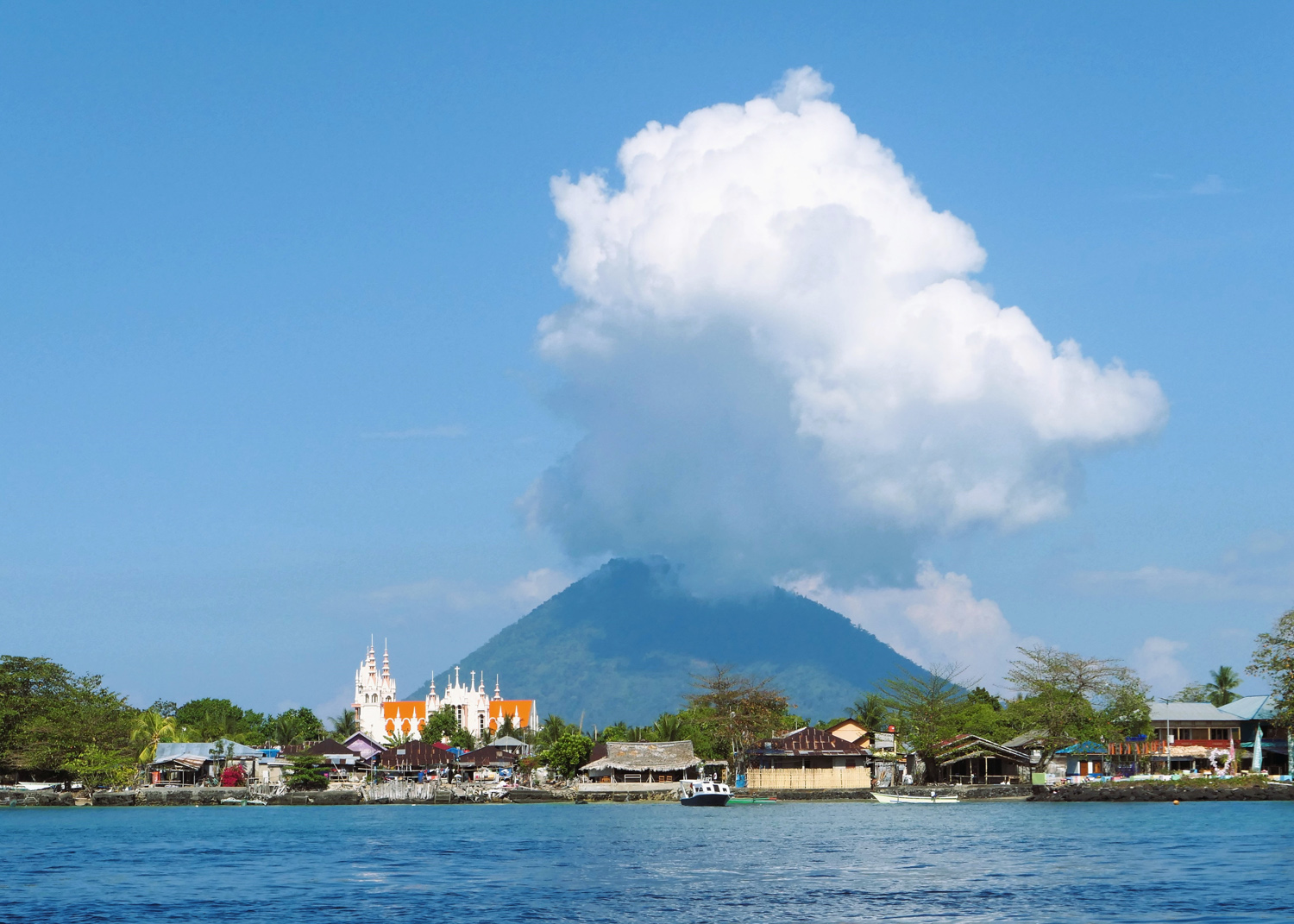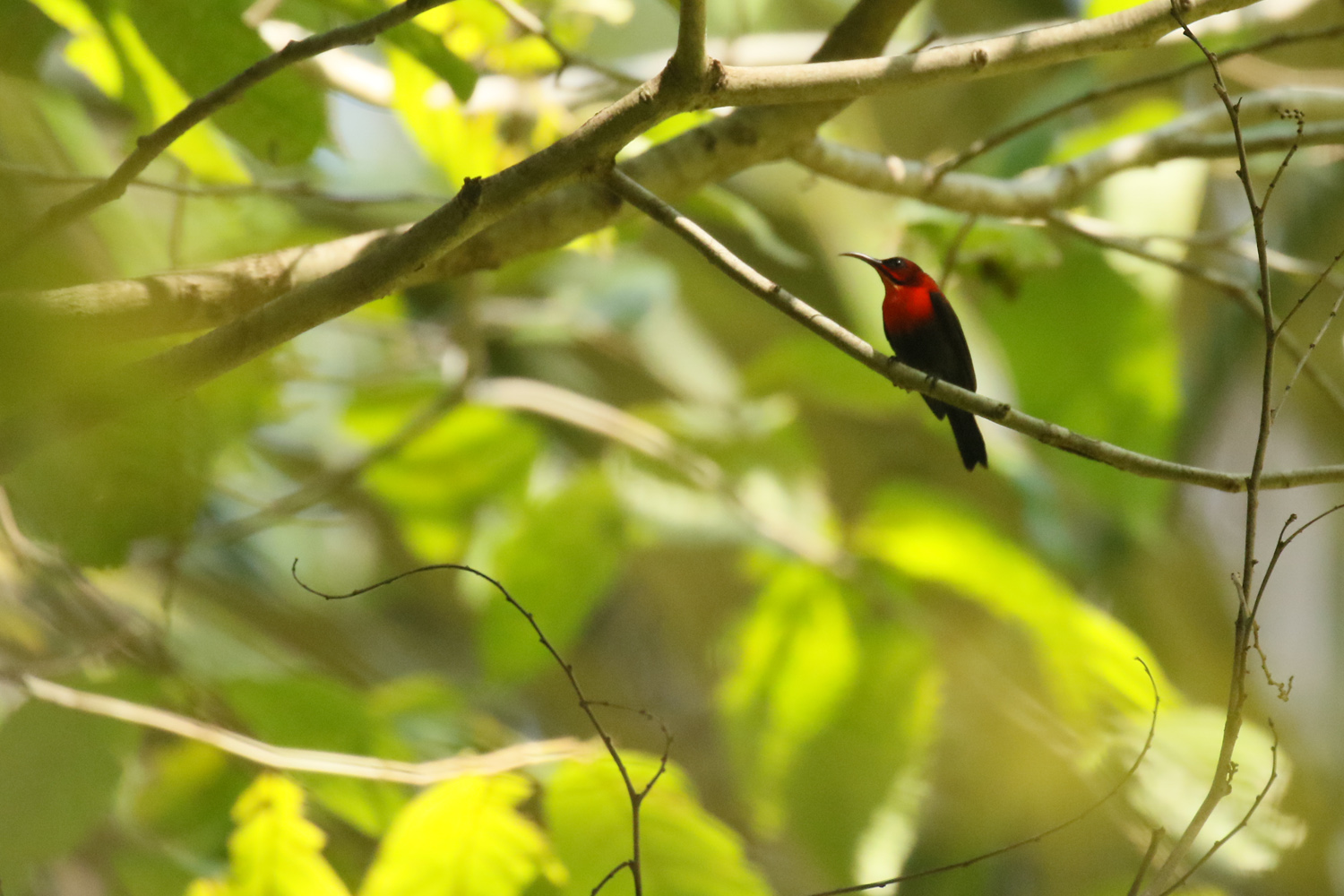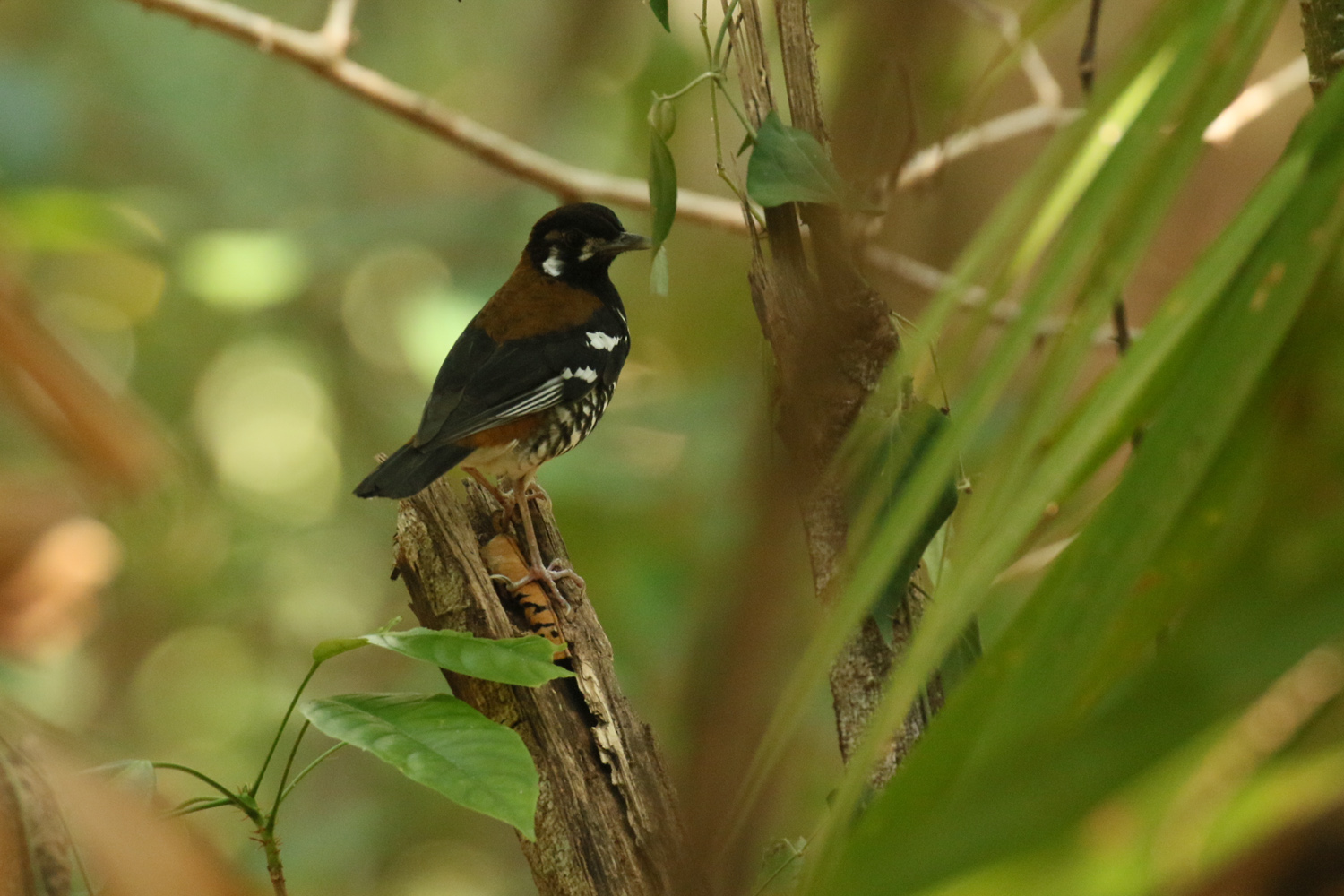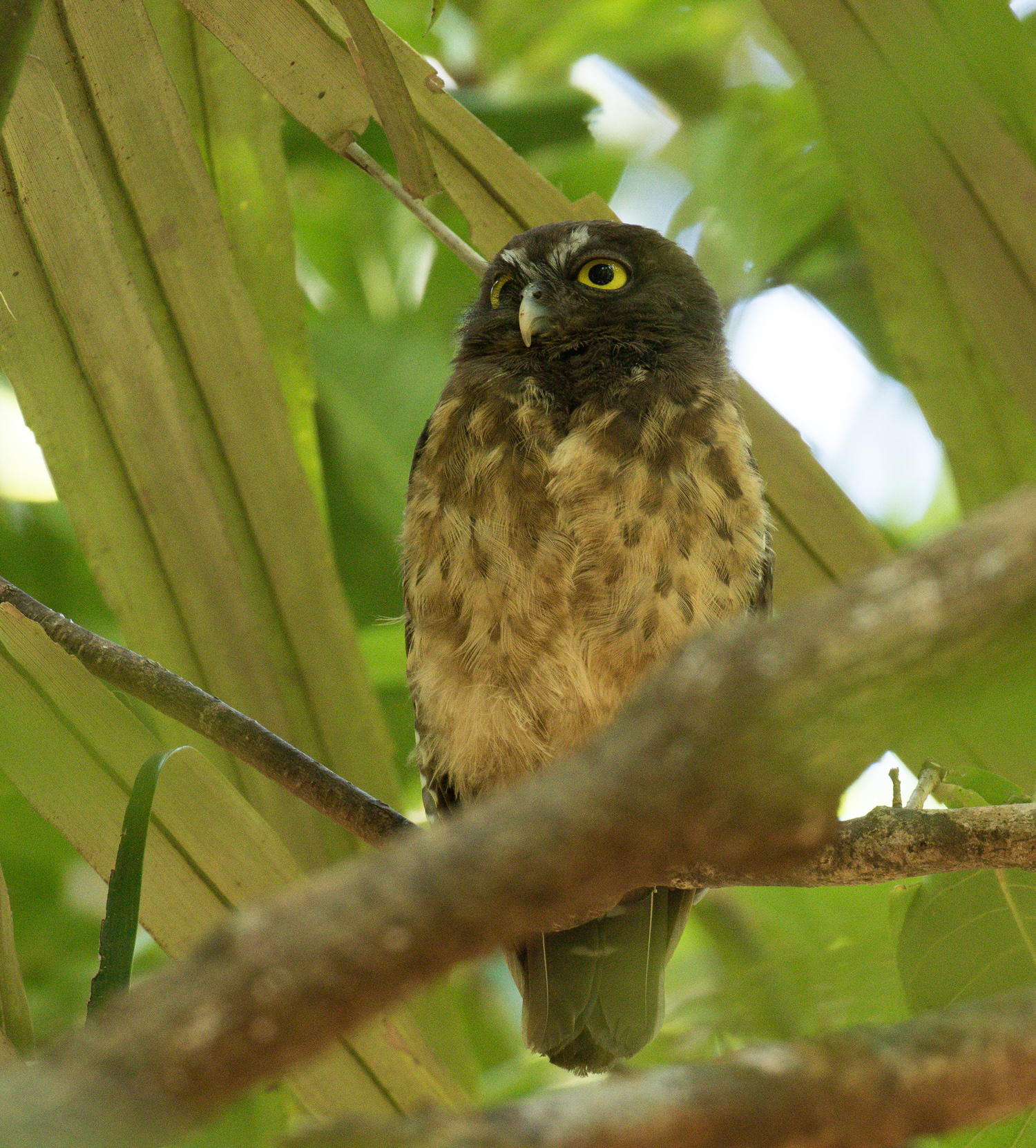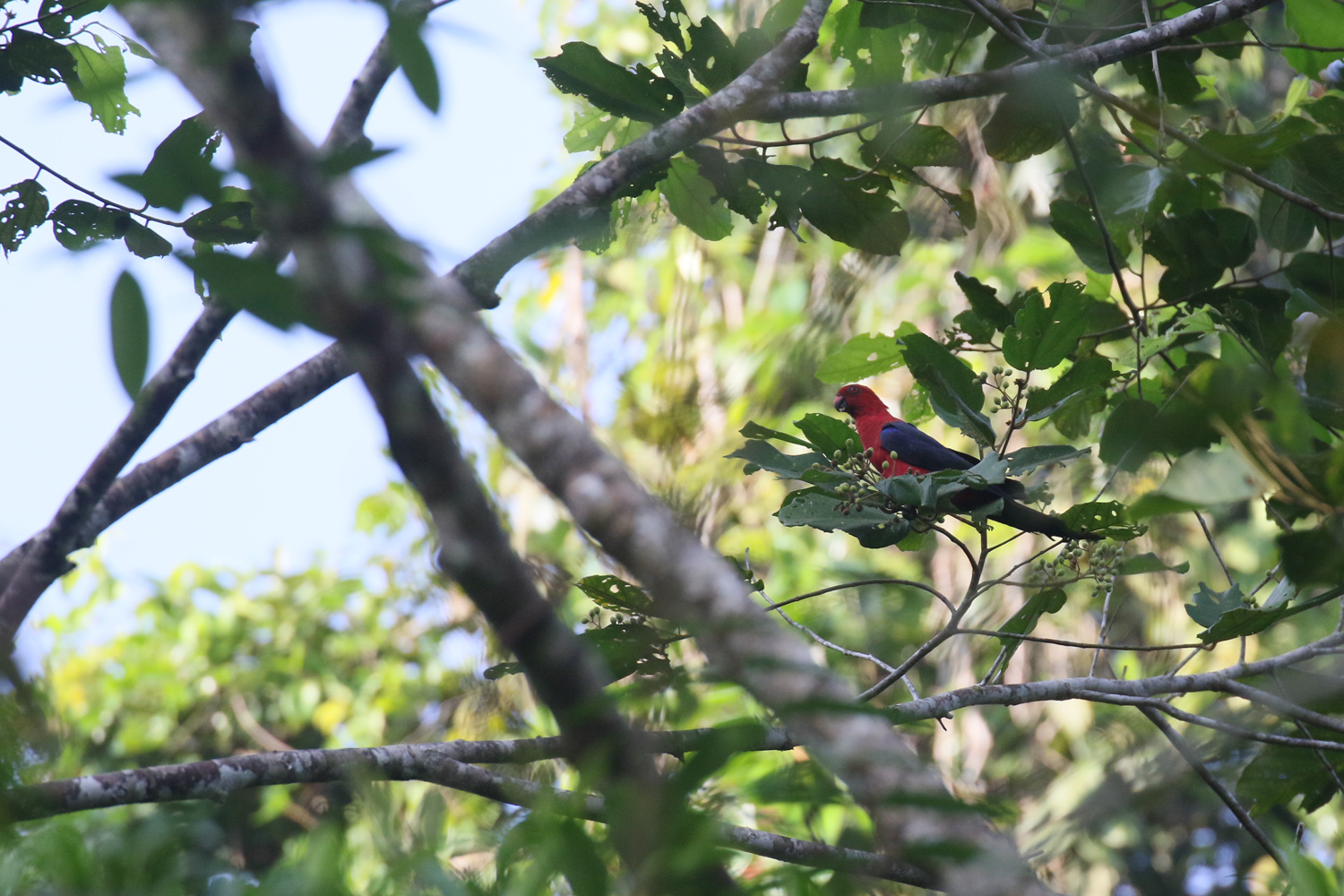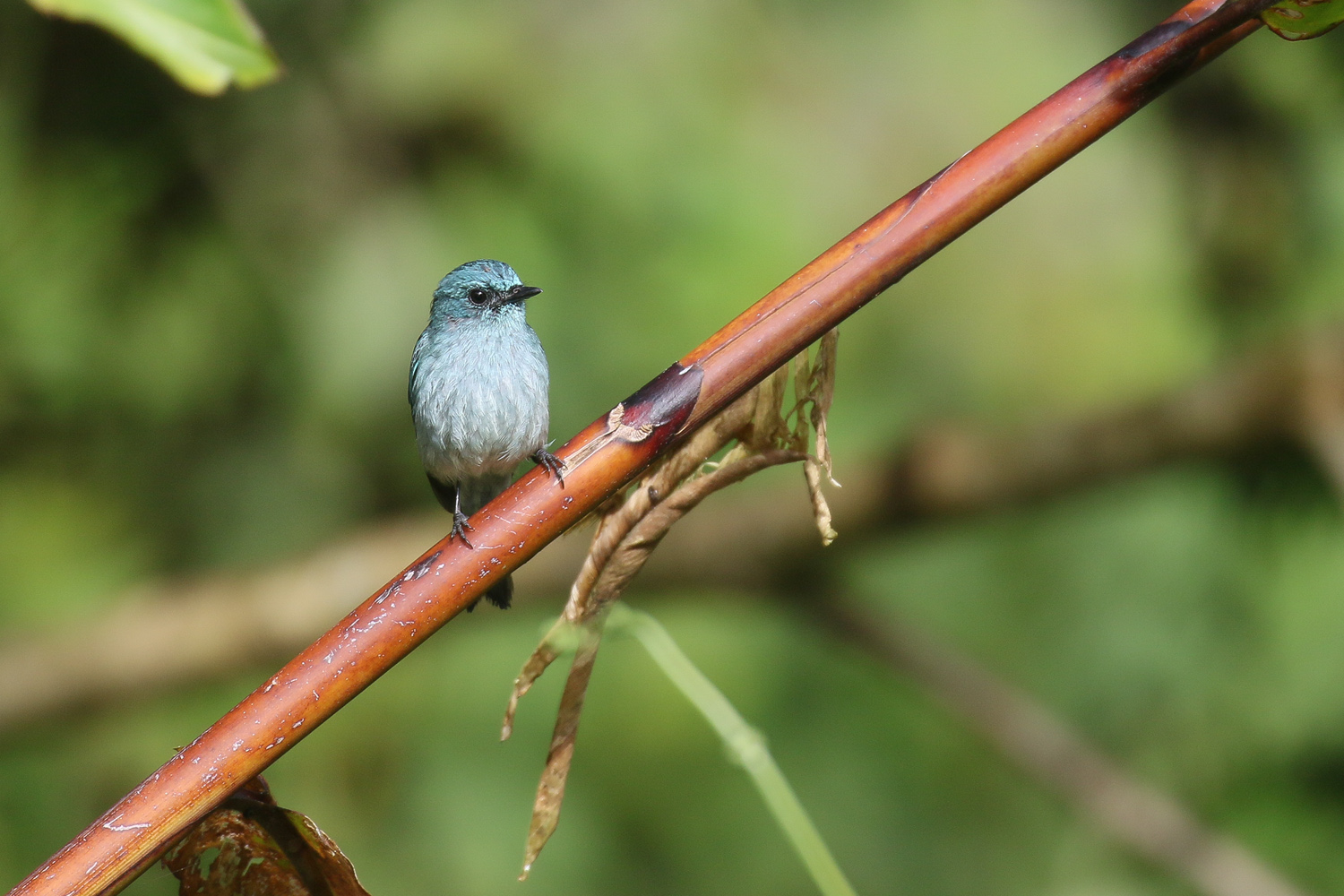Sulawesi and Halmahera
19 October – 7 November 2026
+ Extra week Lore Lindu
Sulawesi and Halmahera
19 October – 7 November 2026
+ Extra week Lore Lindu
October 19th – November 7th 2026
Price: 64.900 NEW PRICE! 61 900 SEK (excluding airfare)
Single room supplement: 4,500 SEK
+ Extra week at Lore Lindu: 26,900 NEW PRICE! 24 900 SEK
Single room supplement: 1,700 SEK
Wallace´s Standardwing Bird-of-Paradise / White-headed Cuckoo-dove / Silver-tipped Imperial Pigeon / Sulawesi Malkoha / Goliath Coucal / Channel-billed Cuckoo / Moluccan Owlet-nightjar / Satanic Nightjar / Sulawesi Serpant-eagle / Sulawesi Hawk-eagle / Knobbed Hornbill / Sulawesi Hornbill / Sulawesi & Maluccan Pitta /
Bird watching beyond all borders
Sulawesi and Halmahera – two tropical, forest-covered islands located between Borneo to the west, the Philippines to the north, New Guinea to the east, and Australia to the south, once served as a land bridge between Australia/New Guinea and Asia. When the land masses drifted apart, a phenomenon emerged that the anthropologist and natural historian Alfred Russel Wallace became aware of during his years-long expeditions around this island world in the 1850s and 1860s. To this day, we speak of the Wallace Line, an imaginary boundary between Borneo and Sulawesi to the north, which then extends down between Bali and Lombok to the south. West of this boundary are typical Asian bird families – Partridges, Trogonidae, Barbets, Bulbuls, Babblers, and Broadbills, for example. These families are absent east of this boundary. Instead, families more closely related to those found in New Guinea and Australia are found here. Despite only about 5 miles of water separating these two regions, most of these bird families and genera do not cross this boundary.
This phenomenon has resulted in these two islands having a very large proportion of endemic bird species. Not even Madagascar, with 117 endemics, comes close to the number of endemics that Wallacea can boast, which includes not only these two islands but also the Lesser Sunda Islands. It is estimated that this group of islands, which is part of the Indonesian archipelago, has over 260 endemics. Sulawesi has over 100 endemic species, and Halmahera has about 25 more. Approximately every other bird species seen on these islands is island-endemic.
The people in northern and central Sulawesi are mostly Christian, while the majority of Halmahera is Muslim. The different groups have learned to live together in harmony, and there are no conflicts. Sulawesi is a relatively ”modern” island, while much of Halmahera consists of undeveloped forest and mountain areas.
West of the Wallace Line, typical Asian bird genera are found. East of this boundary, these are absent. Instead, families more closely related to those found in New Guinea and Australia are found.
West of the Wallace Line, typical Asian bird genera are found. East of this boundary, these are absent. Instead, families more closely related to those found in New Guinea and Australia are found.
You’re invited to book a wildlife trip with us!
Whether you choose to travel with us to a distant land or to photograph eagles from a photo hide, you can rest assured that we:



